Unmanned Traffic Management
New document available now!
When we think about public safety drones, we often focus on the capabilities of the aircraft itself. However, a lot of innovation is happening in air space management. This work is crucial to ensure that Unmanned Aerial Vehicles (UAVs) are integrated safely and efficiently. EENA’s new document highlights the importance of Unmanned Traffic Management (UTM) for public safety.
Drones keep proving their value to public safety, from traffic accident reconstruction to wildfire response. Air traffic management is essential to ensure that UAVs operate safely around other aircraft and that non-essential air traffic can be diverted when an emergency operation is in place. Successful UTM also has the potential to unlock new benefits of UAVs.
In remote areas, transporting victims to medical facilities can pose difficulties. Often, ground teams cannot carry enough oxygen for a long journey. What if a UAV could transport an oxygen tank to the team, remove the empty tank and autonomously fly back to its base? In Search and Rescue (SAR) incidents, how about if a UAV autonomously executed a pattern over the search area, streaming images back to the control room?
Automating processes can free up human resources and improve efficiency, but it is not possible without effective regulatory and operational processes in air space management.
EENA has published a new document examining UAV use cases, focusing on UTM considerations. The information was gathered through interviews and sessions with first responders and experts in air traffic management. It aims to encourage deeper conversations among all stakeholders about how public safety can benefit even further from drones.
